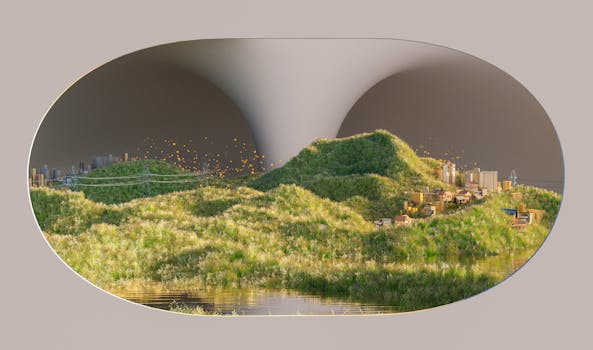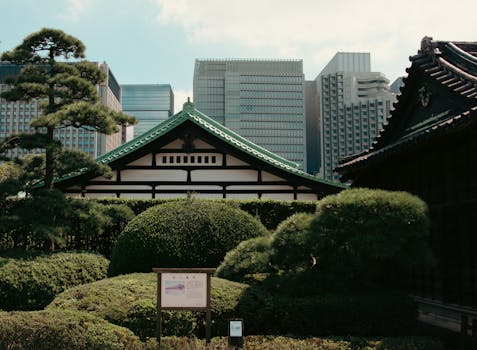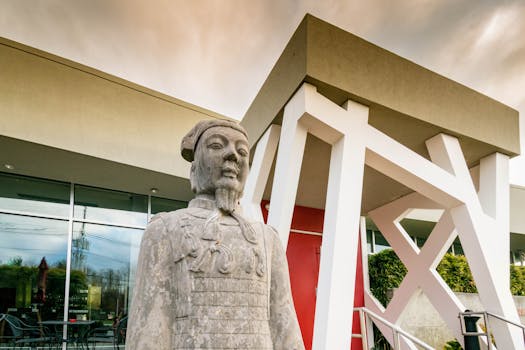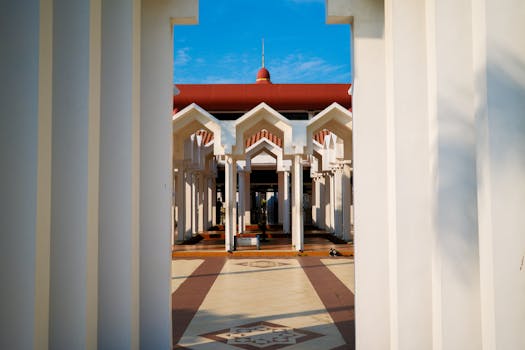
Introduction

The intersection of heritage and modern vision has become a focal point in various fields, particularly in architecture, art, and design. As societies evolve, the melding of traditional elements with contemporary aesthetics can lead to groundbreaking innovations that respect the past while paving the way for the future.
Preserving Heritage

Preserving heritage is crucial in maintaining a sense of identity and continuity in our rapidly changing world. By integrating traditional materials and techniques with modern methodologies, architects and designers can create spaces that resonate with history. This fusion not only adds character to new developments but also serves as a reminder of cultural roots.
Modern Vision: The Role of Innovation

Innovation is at the heart of modern design. It drives the exploration of new materials and technologies that can enhance usability while promoting sustainability. For instance, using eco-friendly materials in renovations of historical sites allows for the preservation of the original structure without compromising environmental integrity.
Case Studies: Successful Integrations

Several notable projects exemplify the successful integration of heritage and modern vision. The Louvre Abu Dhabi, with its iconic dome, combines traditional Islamic architecture with contemporary design principles, creating a stunning visual narrative. Similarly, the renovation of the historic Tate Modern in London showcases how old industrial spaces can be transformed into vibrant cultural hubs.
Conclusion

As we continue to navigate through the complexities of modern life, the collaboration between heritage and modern vision will remain essential. This approach not only enriches our built environment but also fosters a deeper understanding of our cultural identity. Embracing this synergy can lead to innovative solutions that honor the past while inspiring future generations.


